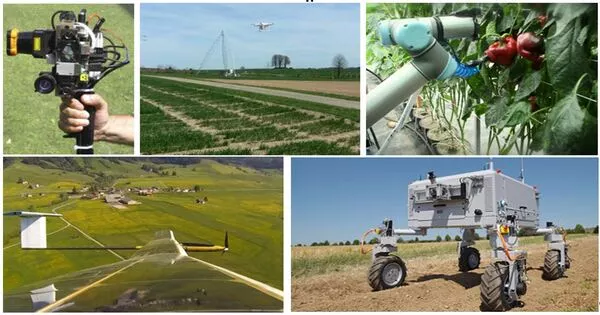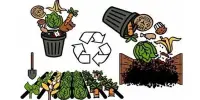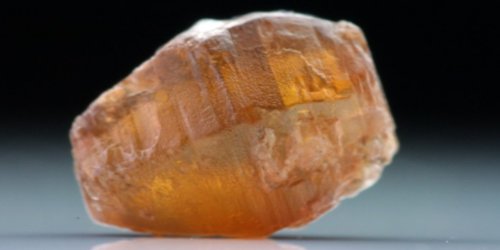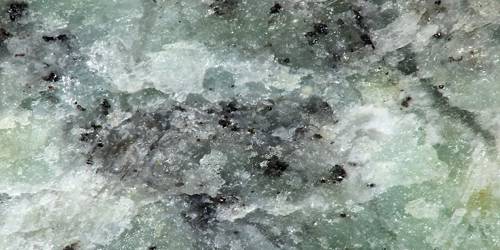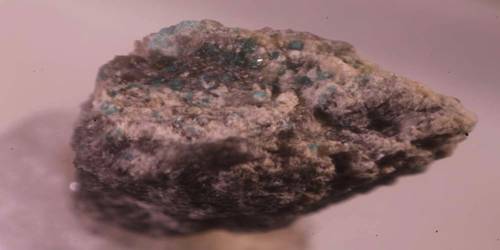Precision viticulture is the use of precision farming to enhance vineyard performance, specifically grape output and quality while minimizing environmental effect and risk. It is a method of cultivating grapes and making wine that makes use of advanced technology and data analysis to maximize many areas of vineyard management. It is a subset of precision agriculture in which current technology such as GPS, remote sensing, and data analytics are used to make more informed and precise agricultural decisions.
This is performed by assessing local variance in elements influencing grape yield and quality (soil, terrain, microclimate, vine health, and so on) and implementing suitable viticulture management practices (trellis design, pruning, fertilizer application, irrigation, harvest timing, and so on). Precision viticulture focuses especially on grapevine cultivation for wine production.
Precision viticulture is based on the assumption that considerable in-field variability for elements affecting vine growth and grape ripening necessitates rigorous management tailored to local conditions. To monitor and adapt to variability, precision viticulture relies on current and emerging technologies such as global positioning systems (GPS), meteorologic and other environmental sensors, satellite and aircraft remote sensing, and geographic information systems (GIS).
Key components and principles of precision viticulture include:
- Data Collection: It all begins with the collection of several types of data, such as soil data, climatic data, and vineyard data. Soil sensors, weather stations, drones, and satellite imagery can all be used to collect this data.
- GIS (Geographic Information Systems): Vineyards are comprehensive maps created using Geographic Information Systems. These maps can depict differences in soil type, geography, and microclimates inside the vineyard, allowing growers to better understand and manage their vineyard.
- GPS Technology: Vineyard borders and row orientations are properly mapped using GPS technology. It can also aid in the tracking of machines and workers in the vineyard.
- Remote Sensing: Remote sensing technologies like drones and satellites can provide high-resolution images of vineyards. These images can be used to monitor the health and vigor of the vines, identify disease or pest pressures, and assess the overall condition of the vineyard.
- Sensor Technology: Various sensors can be deployed in the vineyard to measure factors like soil moisture, temperature, and nutrient levels. These sensors provide real-time data that can be used to make irrigation and fertilization decisions.
- Data Analysis: Data is collected and evaluated using specialist software after it has been collected. Data analysis assists vineyard managers in making informed decisions about when to irrigate, when to harvest, and how to optimize vineyard techniques to maximize grape quality and output.
Precision viticulture attempts to increase grape quality and consistency while lowering input costs and increasing the overall sustainability of vineyard operations. It enables vineyard managers and grape farmers to make data-driven decisions that result in better wines and more effective vineyard management.
